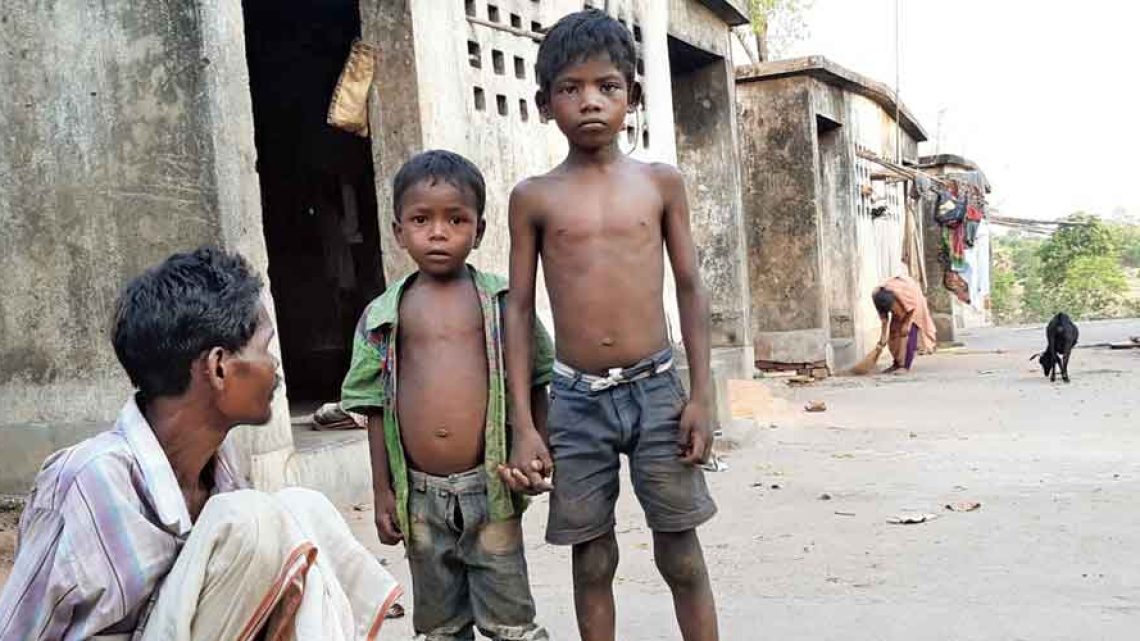
India has 6.7 Million Children Going without Food: Harvard Study
April 8, 2024 Off By Sharp MediaIndia had by far the largest number of zero-food children (6.7 million), which is almost
half of all zero-food children in the 92 countries included in this Harvard study. The
prevalence of malnourished children in India who haven’t eaten anything in 24 hours,
also known as ‘zero-food’ children, is comparable to the prevalence rates in West
African nations like Guinea, Benin, Liberia and Mali.

According to a recent study by the Harvard T.H. Chan School of Public Health, 6.7
million children in India are going to bed without food. Hunger cruelly grips these
innocent souls, aged between 6 and 23 months, depriving their tiny bodies of
sustenance.
- The term ‘zero-food children’ encapsulates their dire situation. These are the little
ones who, within 24 hours, have not consumed any milk, formula, or solid food. Their
empty stomachs echo a silent cry for help, their fragile existence hanging in the
balance. - India, a nation of contrasts, grapples with this alarming reality. The prevalence of
malnourished children who haven’t eaten anything in a day is comparable to rates
observed in West African countries like Guinea, Benin, Liberia, and Mali. In these
places, survival is a daily struggle, marked by scarcity and hardship. - Even though Harvard officials Sanjeev Sanyal and Aakanksha Arora blew the whistle
on the study, Indian officials Sanjeev Sanyal and Aakanksha Arora, members of the
Economic Advisory Council to the Prime Minister, refused to accept the ugly truth and
took steps to stop it. They questioned whether the label of “zero-food children”
accurately reflected India’s complex socioeconomic fabric, giving the study a label
that is commonplace in India. - Indian kids from low- and middle-income families have trouble getting healthy food.
Poverty, problems with the environment, and structural inequality all work together to
keep undernutrition and micronutrient deficiencies going. - The findings are somber and show the real face of the Modi-led BJP regime. These
zero-food children constitute 10.4% of the study population. Yet, the prevalence
varies dramatically across nations. In Costa Rica, it’s a mere 0.1%. And then there’s
India, where nearly half of the study’s zero-food children reside. Here, the prevalence
stands at 19.3%—a distressing statistic that demands urgent attention.
- The implications are profound. This critical period of infancy and early childhood
shapes lifelong health and development. The prevalence of zero-food children
underscores the harsh reality that the Indian future generation will be stunted, devoid
of higher mental abilities, and lie low compared to their contemporaries. - India is a stark example of a world where abundance coexists with deprivation; the
plight of vulnerable children remains a glaring reminder of the huge gulf of poor-rich
divide and elitist culture prevailing in India.

